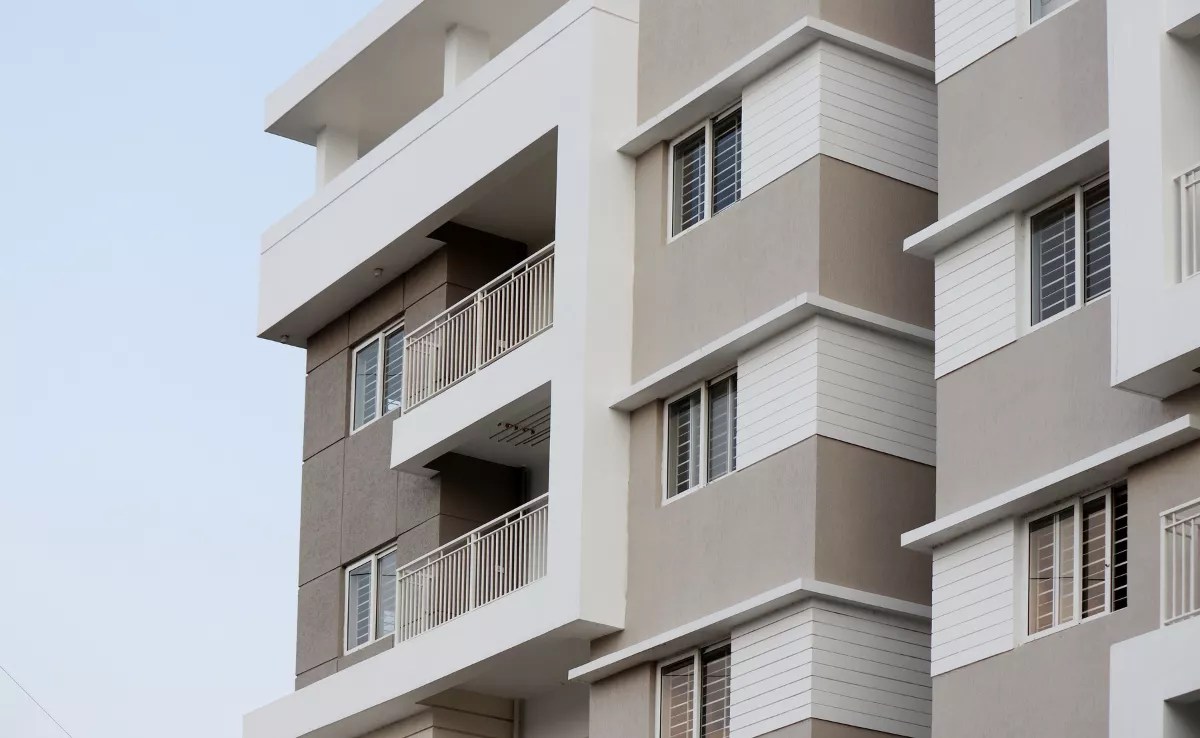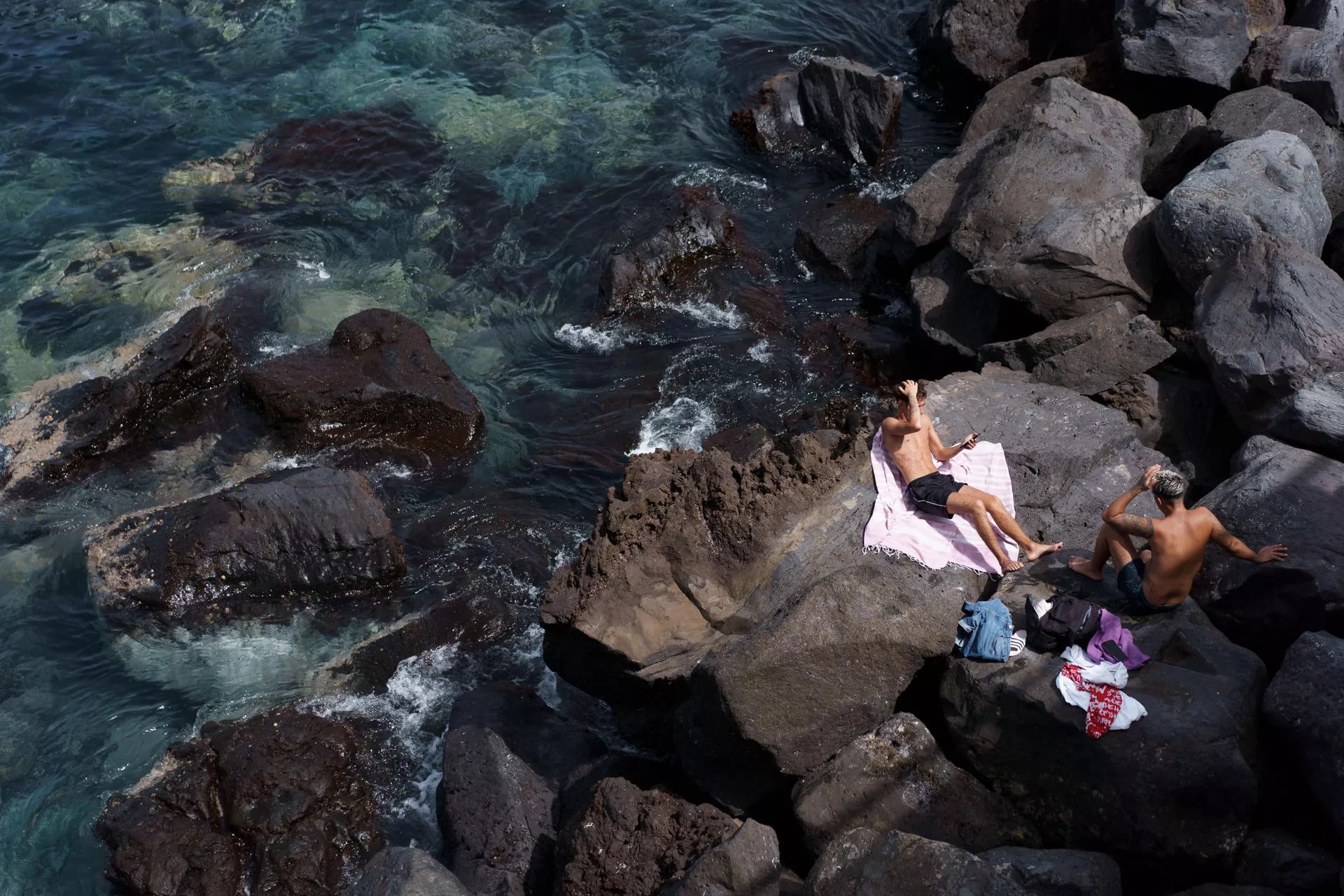The Plaza de la Iglesia, situated a short distance from the founding area of Santa Cruz, served as the first public space during the 16th century. It was around this square that the primary built nucleus gathered, with the social life of the town centred on it, as it functioned as an anteroom to the Main Parish of La Concepción.
Initially referred to as Calle Ancha, it formed part of the sole route that linked La Laguna with the interior of the Island.
It was also known as Calle Grande, a designation that was more reflective of the significance of the families and inhabitants who resided there than its actual size. This location was favoured by prominent shipowners, military personnel, consuls, merchants, and officials of the Villa de Santa Cruz, who chose it for their residences due to its proximity to the Parish Church of La Concepción.
The oldest civil structure still standing in this square is located at the intersection of Las Norias Street and Santo Domingo Street. This traditional Canarian style house, featuring three floors with a continuous balcony on the top level, was constructed by Matías Bernardo Rodríguez Carta y Abarca. In 1752, it was sold to Domingo Chirino Soler, Marquis of the Fuente de las Palmas, and later owned by Benito Pérez Armas; it currently belongs to his great-granddaughter, Isabel Martín Martínez.
Bishop Bartolomé García Ximénez of Canaria also had a residence in this Plaza after he settled in Santa Cruz in 1665. The priests Ignacio and Rodrigo Logman, noted benefactors of the Villa, had a home here as well, which passed to the Bignoni family in 1747 before being converted into a hotel. Other notable figures included Diego Meade, Consul of Great Britain.
At number 8 of the Plaza stands a modest two-storey maisonette that belonged to Francisco Vizcaino, a Priest and Canon of the Cathedral of Canaria. He decreed in his will that the rental income should be used to support public health and youth education, enabling the hiring of a doctor and a primary school teacher. This residence served as the second headquarters of the Santa Cruz de Tenerife City Council from 1826 to 1837, first on a rental basis and later owned. In 1850, it was sold to fund the construction of the Guimerá Theatre. On the ocean side, Francisco Casalón, Consul of France, resided in a home he generously offered to Captain General Marques de la Concordia for his accommodation in 1836.
Adjacent to this was the residence of Mayor Nicolás González Sopranis, which was demolished in 1880 to make way for the La Tinerfeña tobacco factory built by industrialist Manuel Herrera y Hernández.
This Church Square also housed the Círculo de Amistad, whose building was consumed by fire in 1892, at a time when 15 structures were located around it. The Plaza de la Iglesia became a focal point for significant events, as the townsfolk congregated here in 1808 when the town’s mayor waved the banner to celebrate Ferdinand VII’s coronation as King of Spain following Joseph Bonaparte’s departure. This celebration was repeated in 1833 when Elizabeth II was crowned. The City Council traditionally posted sides and notices here to inform the populace.
Transformation of the Plaza
The square began to wane in significance in 1754, when the construction of the Zurita Bridge diverted road traffic towards La Laguna via Rambla Pulido, through the streets of Sol (Doctor Allart) and La Luz (Imeldo Serís). Consequently, property values started to decline, exacerbated by the auction of several tall and well-constructed houses previously owned by the expelled Company of Jesus. Gradually, the central hub of the city shifted towards the Plaza de la Pila (La Candelaria). In 1952, the demolition of buildings on the southern side to create Bravo Murillo Street compromised its historical integrity, altering its original layout and diminishing its character.
In that year, a marble cross that had been situated in the upper part of La Candelaria Plaza since 1759 was relocated to a fenced garden area on the northern side of the Plaza. This cross was donated by Bartolomé Antonio Méndez Montañés, a significant merchant and shipowner of the town. He believed this location should publicly feature the eponymous symbol for which he was known.
Inside the same enclosure, there is a bust dedicated to Jesuit priest Luis María de Eguiraun, adopted son and Silver Medal laureate of the City, whose life was closely connected to the Mother Church of Nuestra Señora de la Concepción, where he was interred from 1934 to 1985. During the May Festival, the traditional Magicians’ Dance is held in this square to commemorate the foundation of the City. Remarkably, this is the very spot where the Holy Cross was placed, marking the celebration of the thanksgiving Mass on 3rd May 1494. The dance attracts thousands of participants in traditional Canarian attire who come together to enjoy local music, and relish the regional cuisine featuring kneaded gofio and excellent local wine.
















